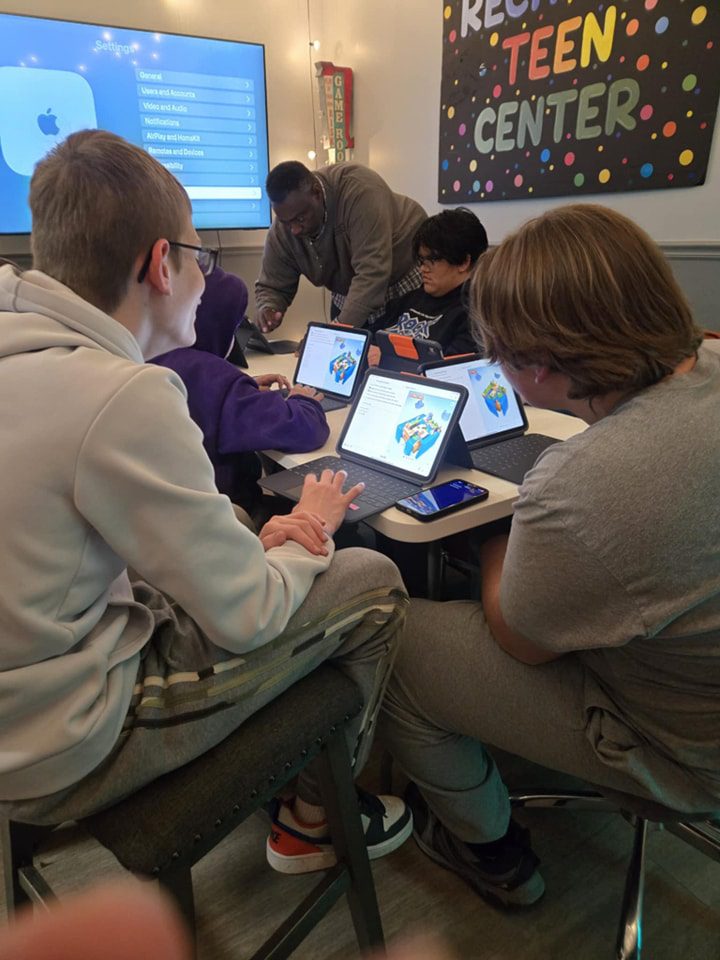April is Parkinson’s Awareness Month. As Parkinson’s is one of the fastest growing neurological conditions in the world, Marcia Parrish shares five fast facts:
“This is from Parkinson’s Foundation, nearly 90,000 people in the United States are diagnosed with Parkinson’s Disease each year, which means about every six minutes someone is diagnosed with Parkinson’s. Although there is no cure for Parkinson’s yet, scientists believe it is a combination of environmental and genetic factors that cause Parkinson’s. People with Parkinson’s experience both movement and non-movement symptoms, but each person has their own unique journey and their own symptoms, it is not all the same for everybody. Symptoms can be managed by medication, life-style changes, exercise, and in some cases surgery. Most people are diagnosed in their 60’s or 70’s, but some people with early-onset Parkinson’s can be diagnosed in their 40’s. Michael J. Fox was diagnosed in his 20’s.”
Parrish reminds that locally a Parkinson’s Support Group meets every second Monday of each month, and a Care Partners Group meets the second Wednesday of every month at the Warren County YMCA.
**courtesy of OSF HealthCare
Parkinson’s cases rising: 25 million expected by 2050
Within 25 years, the world can expect to see a 112% increase in the number of people living with Parkinson’s disease (PD) since 2021.
A new report in the British Medical Journal (BMJ) links population growth and longer predicted lifespans as two main causes for an expected 25 million patients with Parkinson’s across the globe by 2050.
What is Parkinson’s disease?
“Parkinson’s disease is a movement disorder which causes a person to move less. It happens because the brain is not making enough dopamine, which is the neurotransmitter required for movement,” says Kavya Moravineni, a movement disorders neurologist with OSF HealthCare Illinois Neurological Institute (INI). “Our movement circuits in the brain use dopamine and cause voluntary movement.”
Dr. Moravineni wasn’t shocked to see the estimate in the BMJ. Parkinson’s is a neurodegenerative disease, which coincides with natural aging. So, as life expectancy increases, the incidence naturally increases. Additionally, Dr. Moravineni believes there has been increased awareness, and in turn, increased diagnoses of Parkinson’s. People are seeking out medical attention earlier as they recognize the symptoms, especially if they have a family history of PD.
Symptoms of Parkinson’s
“Tremor is the most common one. That’s what brings attention to see that something is wrong here,” Dr. Moravineni says. “Patients can have stiffness in their limbs, primarily in their muscles, and they can have problems walking. The typical dragging feet or not moving their arms as much when they’re walking. Stooped posture is another one.”
However, patients can have other symptoms which they don’t initially attribute to something like Parkinson’s disease. This can be the loss of sense of smell, dizziness upon standing or longstanding history of constipation. Sometimes anxiety or acting out your dreams at night can be longstanding symptoms.
The first step, Dr. Moravineni says, is to get a diagnosis. Next would be to decide how to manage the disease. The medical team at OSF INI offers different medication options, as well as discussing different surgical options. One example is deep brain stimulation (DBS).
What is deep brain stimulation?
“It’s an implant that’s going into your brain. The idea is that we’re using electricity to help with symptoms,” Dr. Moravineni says. “To put it simply, the leads that go into the brain will pass electricity into the tissue and neurons. This negates abnormal signaling causing symptoms, so it improves symptoms.”
Why deep brain stimulation can replace medication:
“As the disease progresses, the need for medication dosage increases. With that comes side effects. In those situations where the patients are still responding to medications, but experiencing a lot of side effects, deep brain stimulation can help. It’s replacing medication while still providing the same benefit,” Dr. Moravineni says.
It can be increased or decreased based on what the symptoms are doing. Younger patients are often “better” candidates for deep brain stimulation. Patients cannot be candidates if they have severe dementia or underlying psychiatric illness that has not been managed. Of if they don’t have solid family support. Dr. Moravineni calls deep brain stimulation one of the “next steps” in the process. It is recommended patients have proof of responding well to medication.
Supportive therapies (speech and/or physical therapy) are beneficial parts of the care journey.
The Michael J. Fox Foundation says while the BMJ article does not fully articulate the growth of PD, it does shine a light on the need for a cure.
There’s no great list of health tips out there that can prevent Parkinson’s. However, Dr. Moravineni says a well-rounded exercise regimen can help slow down progression in Parkinson’s patients.
Dr. Moravineni adds that there have been increasing amounts of evidence indicating a connection between neurologic diseases and gut microbiome. The Mediterranean diet focuses on healthy habits like drinking less alcohol, eating more plant-based foods and fewer red meats, encouraging a strong and diverse microbiome. In turn, this may help in prevention and/or reduce the severity of certain neurologic conditions.
OSF INI has two physicians, one nurse practitioner and therapists caring for patients in the Peoria area. This multi-disciplinary approach to care helps INI be the go-to destination for patients in the community.
For more information, visit the OSF INI website.














